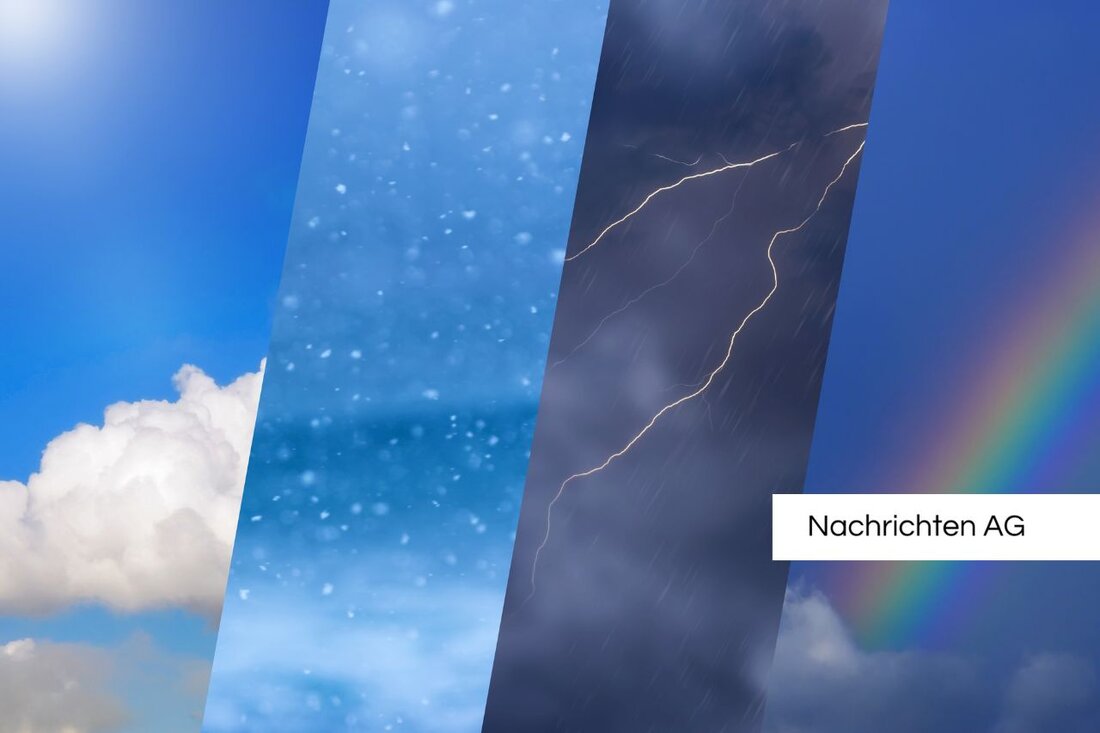Vienna parts in space: new weather satellite MetOp SGA1 started!
Vienna parts in space: new weather satellite MetOp SGA1 started!
On August 12, 2025 at 9:37 p.m. local time, the new European weather satellite Metop SGA1 will successfully start from Kourou, French Guayana. The start took place with an Ariane 6 rocket, operated by Arianespace. This event marks the second commercial flight of the new rocket family and the 355th start of Arianespace. METOP-SGA1 is an essential part of the Copernicus program and is operated by Eumetsat, the European weather satellite operator.
METOP-SGA1, the first satellite of a new generation of weather satellites, will help enable precise weather forecasts. It collects extended data about clouds, water vapor and ice cream ceilings at a height of around 800 kilometers, while operating in a polar-synchronous orbit. The satellite is expected to provide data for around 7.5 years that should not only improve short -term weather forecasts, but also predictions for up to twelve days.
technical details and instruments
The separation of the satellite from the rocket and the first signal reception by Eumetsat 1 hour and 4 minutes after the start. Eumetsat was successfully received signals from the satellite in the following minutes. The Viennese space company Beyond Gravity provided important components, including thermal insulation and electronics for one of the central weather data instruments of the satellite.
An important advantage of Metop-SGA1 is the ability to map the entire earth. In contrast, geostationary satellites such as MTG-S1 are limited to a fixed area above the equator and operate at around 36,000 kilometers. While the METOP satellites also observe the poles, the general metop data already provide valuable information to improve weather forecasts.
future prospects and possible uses
The first generation of metop satellites has already significantly reduced the error rate in the weather forecast. The new generation will be equipped with improved instruments that make it possible to record climate and weather data. It will take about a year before Metop SGA1 is operational and the instruments are fully coordinated.
In addition to the advanced visual data from MetOp SGA1, there are livestreams from other satellites such as MeteoSat-11 and MeteoSat-9 that provide current pictures about the Atlantic and the Indian Ocean. These can be updated every 15 minutes and give valuable insights into the atmospheric conditions across large regions, which is of great benefit to meteorological analyzes. Further information and live feeds are accessible via the Eumetview platform, where users can view current satellite images.
With the successful start of Metop-SGA1, a new era of meteorological observation and prediction is heralded, which will benefit both the European weather services and the global scientific community.
| Details | |
|---|---|
| Ort | Kourou, Französisch-Guayana |
| Quellen | |


Kommentare (0)